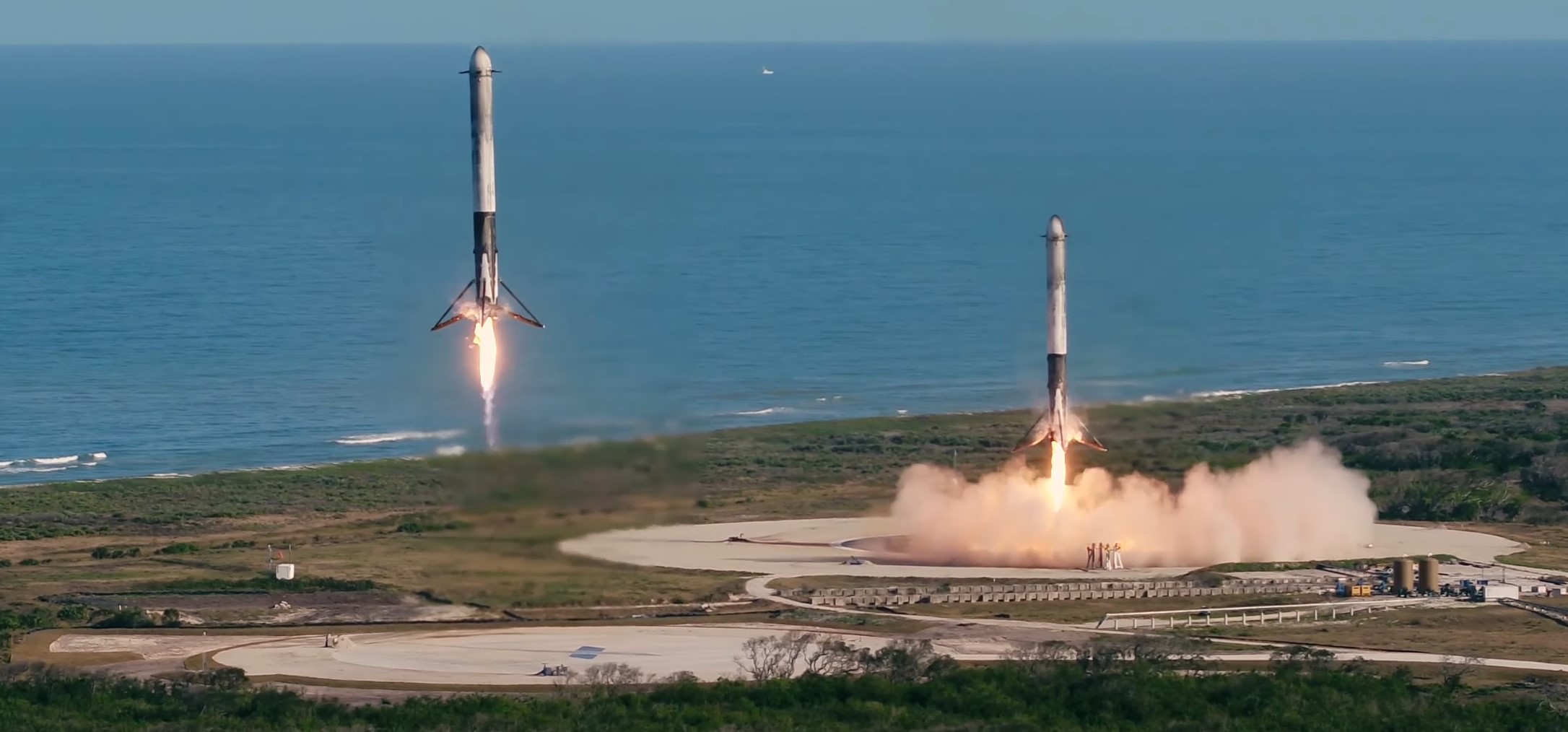Mathematical Modeling and Numerical Simulation of Spacex’s Falcon 9 Booster Hoverslam Landing
Chase Francis, Wakeley Banker
Faculty: Andrea Dziubek
This project will examine various numerical methods to model the Hoverslam maneuver performed during the landing of a Falcon 9 first stage rocket booster. The 2nd order ordinary delay differential equation with constraints consists of gravity, air resistance and thrust terms and will be modeled using Range-Kutta, Euler Implicit, and Euler Symplectic numerical methods.
The differential equation represents the vertical acceleration of the rocket booster as it approaches sea level. The Numerical methods employed will be tested with varying step size in python and presented to show that they are suitable methods to model this special type of differential equation application.
They will be used to find the optimal ignition time of the booster, from a known starting position, in order to land with a vertical velocity (h˙) and height (h) of 0 with respect to sea level.

